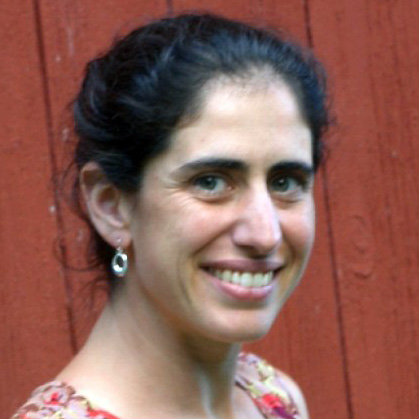Commanded to Remember

In our Torah portion, after Amalek’s unsuccessful attack on the Israelites, God says to Moses, “Write this as a memorial in the book and tell it to Joshua because I will utterly blot out the memory of Amalek from under heaven” (Exod. 17:14). Deuteronomy 25:17–19 repeats the injunction: “Remember what Amalek did to you on your way after you left Egypt . . . When God grants you safety from all your enemies, surrounding you in the land that God is giving you as an inheritance, you should blot out the memory of Amalek from under heaven. Do not forget!”
Both passages center on an apparent oxymoron: we (or God) should erase even the memory of the most terrible aggression against the Israelites, and at the same time we are also commanded to remember and to take action to ensure future communal remembrance. The desire to try to forget our worst experiences is understandable, perhaps even for God. Rashi explains that God shares this desire to forget: “The reason I admonish you thus [to remember] is because I want to blot [Amalek] out.” My father-in-law’s father, Henry, lost almost his whole family in the Holocaust. Like so many other survivors of trauma, he never spoke with his children about the family and friends he lost. Henry wanted his children to grow up in America free from the pain he had endured. As Rashi comments on yet another verse about violence in our Torah portion, “They have no choice but to move forward” (Exod. 14:15).
In Parashat Beshallah, however, God insists that our community must remember what is at times too painful for the individual to bear. I was reminded of the redemptive power of remembering recently when my father-in-law received a message about his Uncle Mechel. My father in law had honored Mechel by naming his first child (my husband) in his memory, but he knew very little about Mechel. Henry and Mechel had lived together in Venlo, Holland, in the years before the war. Henry moved to Palestine in 1935, but Mechel stayed in Venlo, married and had a child and was killed in the Holocaust. It turns out that before he was deported, Mechel had left his hanukkiyah, along with photographs and papers, with a Dutch co-worker for safekeeping. After the co-worker’s death this year, her family discovered the items and wanted to return them to Mechel’s family. That they found us (via Ancestry.com) feels like a miracle.
Even more miraculous, they put us in touch with Gerrit van der Vorst, a Dutch man who has devoted the last two decades to researching the Jews of Venlo during and after the Holocaust. He presented us with a well-researched presentation on Henry and Mechel. He showed us pictures of and advertisements for the brothers’ store, notices of their marriages, and family photographs. He provided documentation of Mechel’s oppression: a Nazi ledger listing all of the family’s belongings (but not the hanukkiyah), another entry when Mechel and his wife were forced to surrender their bicycles, accounts of their arrests for the “crime” of being Jewish and their deportations and deaths in Auschwitz.
Gerrit could have succumbed to the urge to forget, like some Europeans who were born shortly after the Holocaust. His father had been a member of the local police force that was involved in the deportation of the Jews of Venlo. Instead, Gerrit continues to remember and to insist that his fellow citizens remember. He has written several books on the subject, including a chapter on Mechel and his family, and he contributes to the online effort to document the Jews of Holland. He helped organize ceremonies to lay memorial stones at victims’ homes, including Mechel and Henry‘s building where they lived and worked.
Gerrit also showed us the new Dutch Holocaust Memorial of Names. It was conceived in 2013, but construction didn’t start until 2019 due to protests from local residents who expressed concerns about traffic and security.[1] Its walls are shaped to form the letters of the Hebrew word לזכר (in memory of). Each brick has the name of a Dutch victim of the Holocaust, but 1,000 bricks have been left empty in acknowledgment of the fact that so many victims’ names are currently unknown. Daniel Libeskind, architect of the memorial, hopes that this monument will promote further remembering: “We know there are more names. Because most of the families were exterminated, we don’t have all the names. Just in the process of building this, people will remember. It’s a way to make it contemporary, a way to make it living.”[2] Mechel’s brick is not empty. After more than 70 years, we are able to fulfill the commandment to remember.
The publication and distribution of the JTS Commentary are made possible by a generous grant from Rita Dee (z”l) and Harold Hassenfeld (z”l).
[1] https://www.dw.com/en/dutch-holocaust-memorial-opens-after-years-long-legal-deadlock/a-59231217
[2] https://www.nytimes.com/2016/12/16/arts/design/holocaust-memorial-is-closer-to-reality-in-amsterdam.html?_r=0



